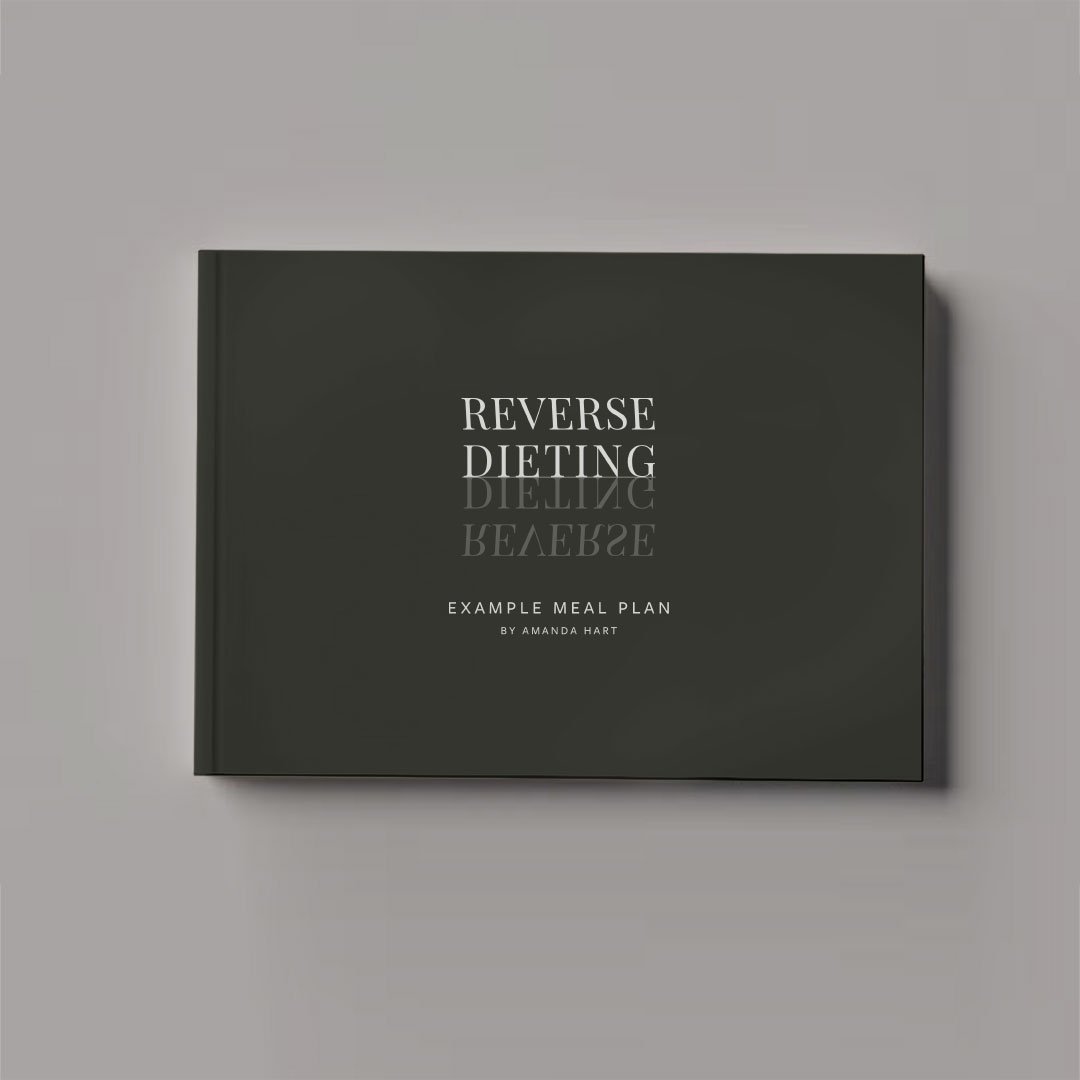Optimize Your Well-being with Reverse Dieting: A Comprehensive Guide
Reverse dieting is a gradual process of increasing your daily caloric intake after a period of dietary restriction. It's frequently used to maintain weight loss or support muscle growth following a weight-loss diet. Understanding the phases and potential challenges is crucial for success.
Phase 1: Initial Calorie Increase
The initial weeks involve small, incremental calorie increases (50-100 calories per week). This allows your body to adapt without significant weight gain. Expect:
Increased hunger: Normal as your body adjusts to higher energy needs
Slight weight fluctuations: Water retention is common. Don't mistake this for fat gain
Improved energy: More fuel leads to reduced fatigue
Metabolic regulation: While metabolism doesn't inherently speed up, increased calories can help regulate metabolic hormones over time
Phase 2: Maintaining Momentum
As calorie increases continue, the rate of increase may slow. Pay close attention to your body's response:
Weight gain plateau: Normal as your body reaches a new equilibrium
Stabilized hunger levels: Your body adapts to the increased intake
Improved mood and mental clarity: Consistent energy and nutrition positively impact mental well-being
Enhanced strength and performance: Increased calories support muscle growth and improved workout performance
Phase 3: Reaching Maintenance Calories
The final phase involves reaching your maintenance calories—the daily intake needed to maintain your current weight. This is highly individualized. At this stage:
Stable weight: Caloric intake matches energy expenditure
Manageable hunger: You've found a sustainable intake
Improved overall health Consistent nutrition supports a healthier lifestyle
Maximizing Reverse Dieting Success
Consider these additional factors
Accurate food tracking: Use a food scale and tracking app.I like My Fitness Pal
Prioritize whole foods: Focus on nutrient-dense options
Listen to your body: Adjust intake based on hunger and fullness cues
Patience: Reverse dieting requires time and consistency
Working with a qualified nutritionist like myself can personalize your plan and ensure safe and effective progress. I specialize in reverse dieting and offer tailored programs like "Metabolic Mastery" for those interested.

Follow Amanda Hart for free fitness tips







































